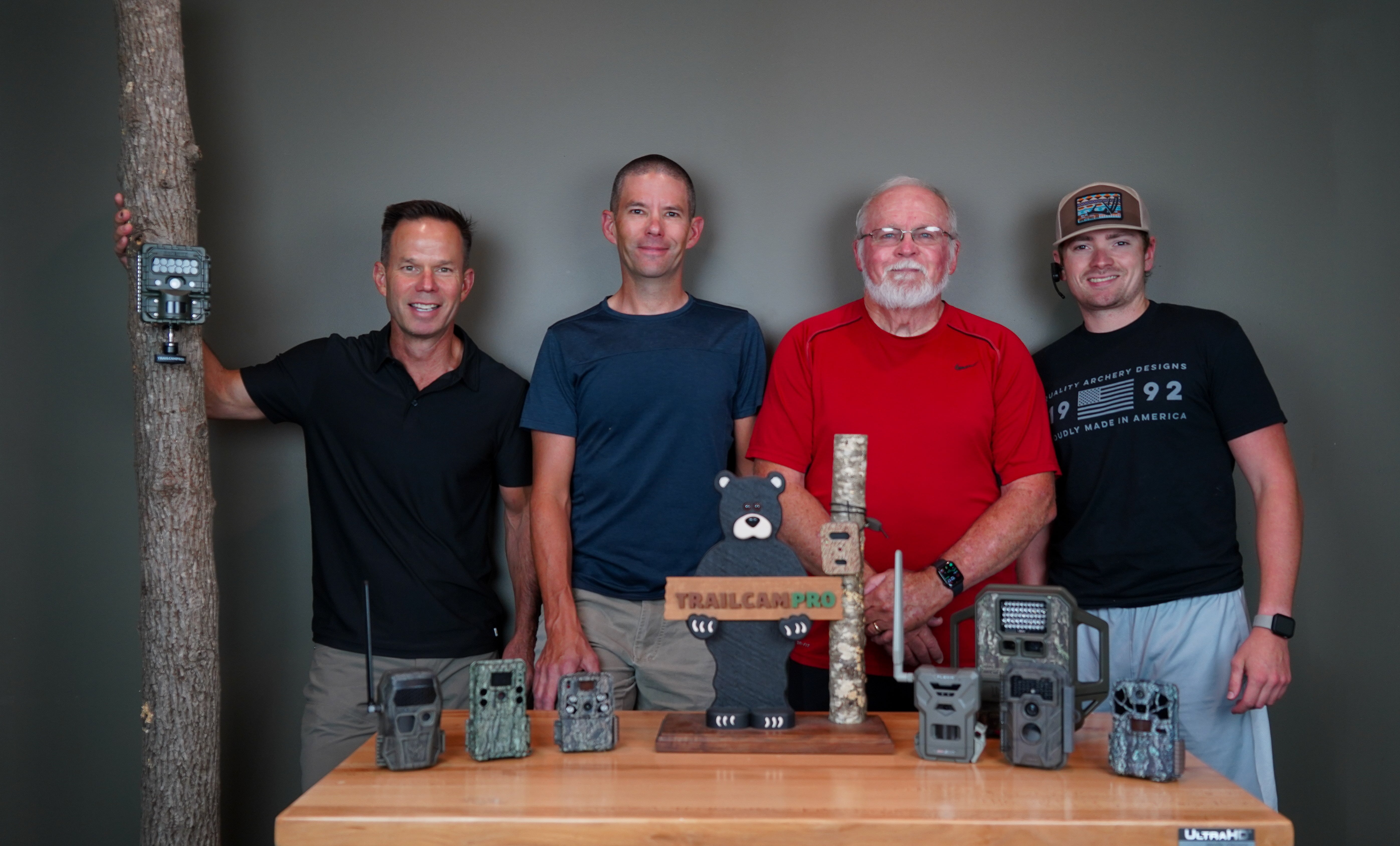How To Aim Your Trail Camera
Trail cameras are data collection devices. As such, most people will want to position their trail cameras to capture as much activity as possible. There are a few circumstances where users will want to concentrate on a specific area, but we'll touch on this later.
Positioning Your Camera For Optimal Photos and Maximum Coverage
Trail cameras trigger based on the combination of heat and motion. Specifically, in order to trigger, a trail camera must detect something moving which is hotter than the air surrounding the moving object. Accordingly, it becomes much easier for cameras to trigger as temperatures get colder. However, It becomes increasingly more difficult as the air temperature approaches the body temperature of most animals (98 degrees +/-). Rising temperatures progressively decrease detection range. Trail camera users should take this into consideration when placing their cameras during different times of the year.
Key Rules To Follow
1. Always attempt to aim your camera in a Northerly direction
Aiming a camera North will prevent capturing overexposed photos pointed directly at the sun. Just as a photographer wants the sun at his back to produce his best photos, you should try to achieve the same for your trail camera. Additionally, cameras pointed where the sun will be aimed directly at the camera at some point during the day are prone to false triggers.
2. Cut and/or move any loose debris which might blow in the wind.
Leaves and tall grass are the #1 culprits for producing false triggers and empty photos. As the sun shines through the tree canopy some areas are heated by the sun's rays while other areas are left in the shade. This creates a temperature variation between the two areas. Leaves or grass in a sunny area blown across a shaded area by the wind will produce a false trigger. Use a mower or weed eater to cut any long grass and a leaf blower to remove any loose debris.
3. Place your camera in the same lighting situation as the area it is covering.
Trail cameras use an on-board light meter to sample available light and adjust exposure before every picture. If you hang your camera in the shade directly under a leaf-covered limb, the camera will adjust for a low-light scenario. However, if that same camera is covering an open field with direct sunlight, the exposure settings will not be correct. An overexposed photo will result. Conversely, if you position your camera in direct sunlight aiming into a shaded area a darkened, underexposed photo will result.
How To Aim Your Trail Camera
Since trail cameras trigger based on heat, you want to position your camera at the same height as the area of the animal that produces the most heat.


For maximum detection range, you want to aim your camera parallel to the lay of the land. Note, this isn't always level. If your camera is slightly tilted up, animals at distance can pass undetected under the zone. If your camera is aimed slightly down, the zone will run into the ground before it reaches the animal.



For the most effiecient positioning of your camera, mount the unit where animals will come across your field of view and not directly at the camera.

How do you know if your camera is aimed for maximum coverage?
Examine a photo taken by your camera. Ideally, you want the area where the ground meets the horizon centered vertically in the frame.
Camera Positioned For Maximum Coverage

How to easily position your camera correctly & keep it that way.
Most every Trail Camera ships with a tree strap included at no additional charge. Unfortunately, tree straps are plagued with numerous problems.
1. Few trees have a flush, plumb surface to mount a camera aimed in the right direction. At a minimum, the circumference of most trees shrinks as you move higher up the tree. This causes cameras mounted flush against the tree to aim high. Additionally most trees have knots and other irregularities which further prohibit correct mounting. People try to compensate by jamming sticks behind the camera. This rarely produces the right angle and the sticks never seem to stay in place.

2. Squirrels and other rodents love to chew on straps. Before I started using Slate River Stealth mounts, it wasn't uncommon for me to find my cameras face down at the base of the tree where they were originally hanging.
3. Most importantly, the unnatural horizontal line of a tree strap is the easiest way to identify the location of a trail camera. Tree straps wrap around the entire tree. Even if you're on the opposite side of the camera, the strap is still easily identifiable.

The Best Mounting Option
Once you position a trail camera with a Slate River Stealth Mount, you'll never want to use a tree strap again. The Stealth mount easily screws into any tree or other wooden object and allows infinite adjustability. When the camera is aimed correctly, simply tighten the ball joint and you're set. Additionally, the mount is low profile and allows well camouflaged units to virtually disappear.

Shop Cellular Trail Cameras
Security Trail Cameras
Batteries For Trail Cameras


















































































